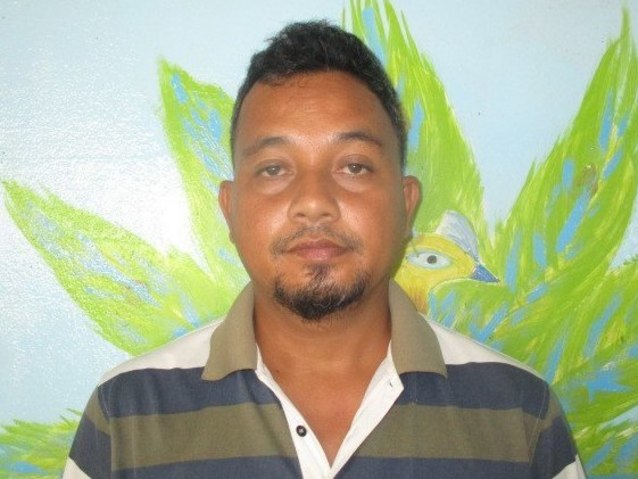January 3, 2023
Mitora is a 38-year-old father who is married with three daughters all in school. Mitora is a grocery seller and his wife is a homemaker. In his free time, Mitora enjoys fishing with friends.
In October 2020, Mitora was in a traffic accident and fractured his left forearm. At a private clinic, Mitora had an open reduction internal fixation with a plate and screw implanted in his arm. Now, the fracture has healed and Mitora needs the metal removed.
Fortunately, surgeons at our medical partner, Children’s Surgical Centre (CSC), can help. On January 3rd, Mitora will undergo a hardware removal procedure, and CSC is helping him raise $304 to cover the cost. Removal will help Mitora increase his strength and flexion of the affected arm.
Mitora shared, “After this operation, I hope my forearm will not have pain. I want to earn money to support my family and keep my children in school.”
Mitora is a 38-year-old father who is married with three daughters all in school. Mitora is a grocery seller and his wife is a homemaker. In...
Read more

January 23, 2023
Mitora underwent fracture repair surgery.
Mitora underwent successful surgery to remove the hardware from his forearm fracture. The total recovery time from this procedure is about six weeks. During that time, Mitora will take antibiotics to reduce the chance of infection and start physiotherapy to gain strength and flexion of his arm. He hopes to be able to start using his arm again soon so he can return to managing his store as soon as possible.
Mitora’s wife said: “I am happy to see my husband doing well. He wants to work hard to help our family. Thank you to all the staff for trying to help.”
Mitora underwent successful surgery to remove the hardware from his forearm fracture. The total recovery time from this procedure is about s...
Read more

